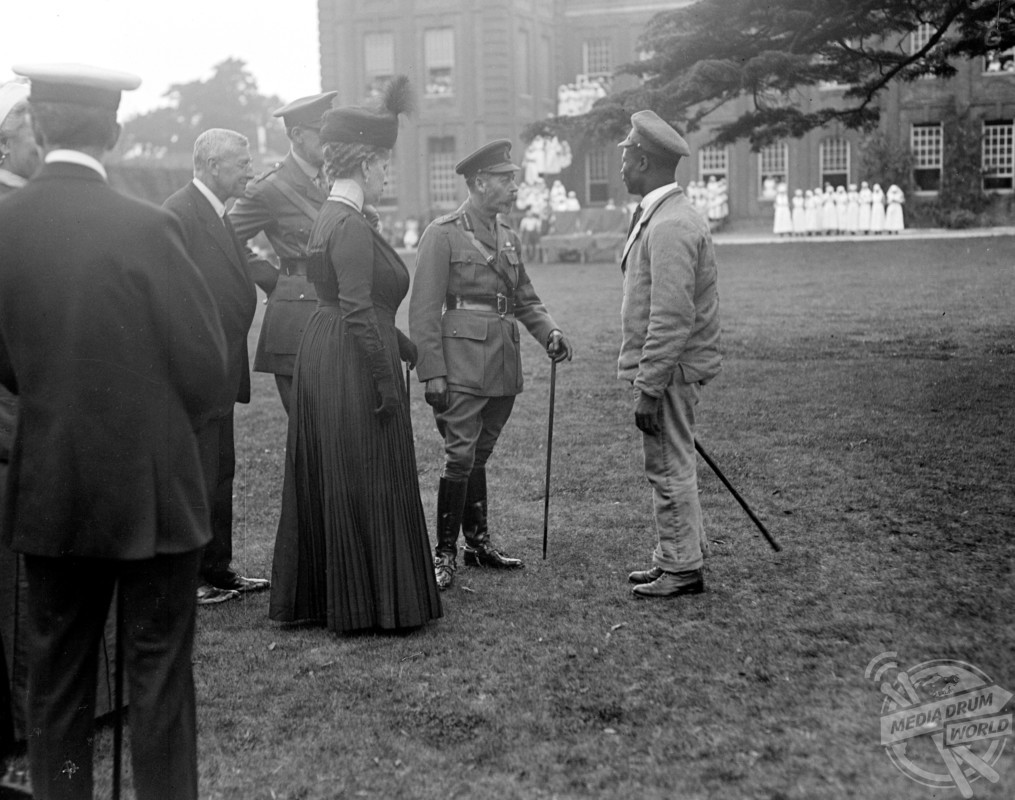
By Mark McConville
INCREDIBLE images revealing the black British Commonwealth contribution to Britain’s war effort during World War One have been released during Black History Month.
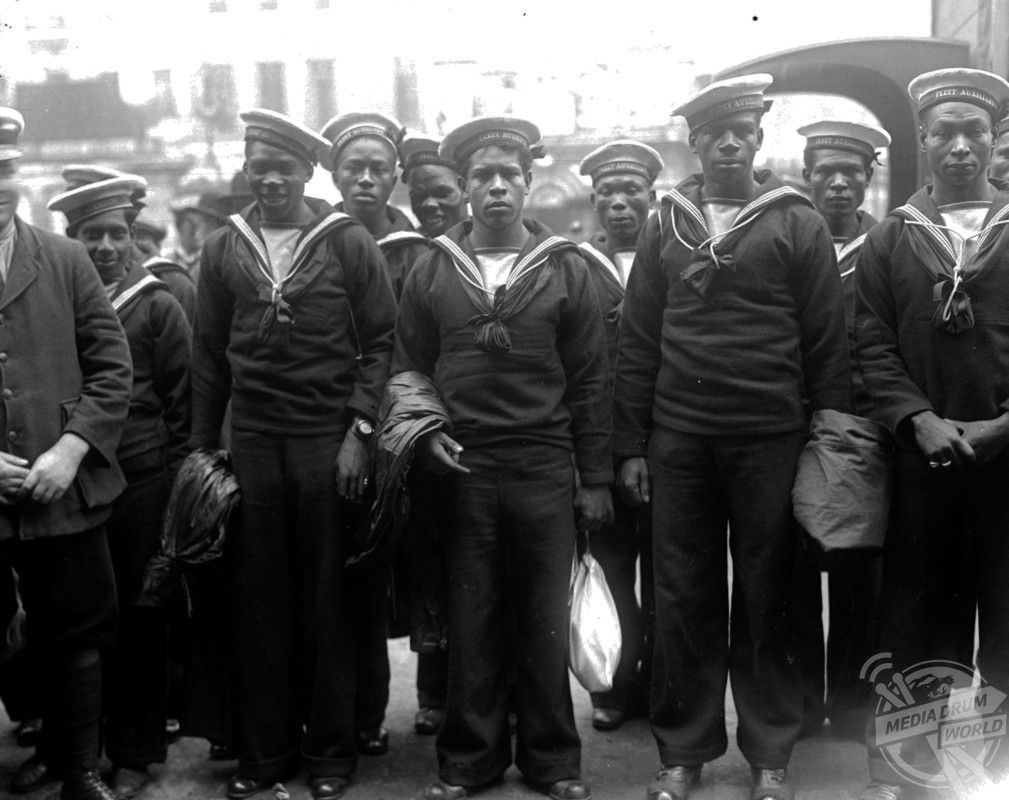
TopFoto / Retronaut / mediadrumimages.com
The stunning pictures, as revealed by the website Retronaut, show a Royal visit to Roehampton Hospital in 1918 where soldiers’ lost limbs are replaced by mechanical substitutes. The King is seen chatting to PTE Davis, a West Indian soldier who has two artificial legs.
Other striking shots show men from Trinidad, Jamaica and Barbados at a station on their way to join ships in the Navy as well as British West Indian troops completing physical training in Kingston, Jamaica.
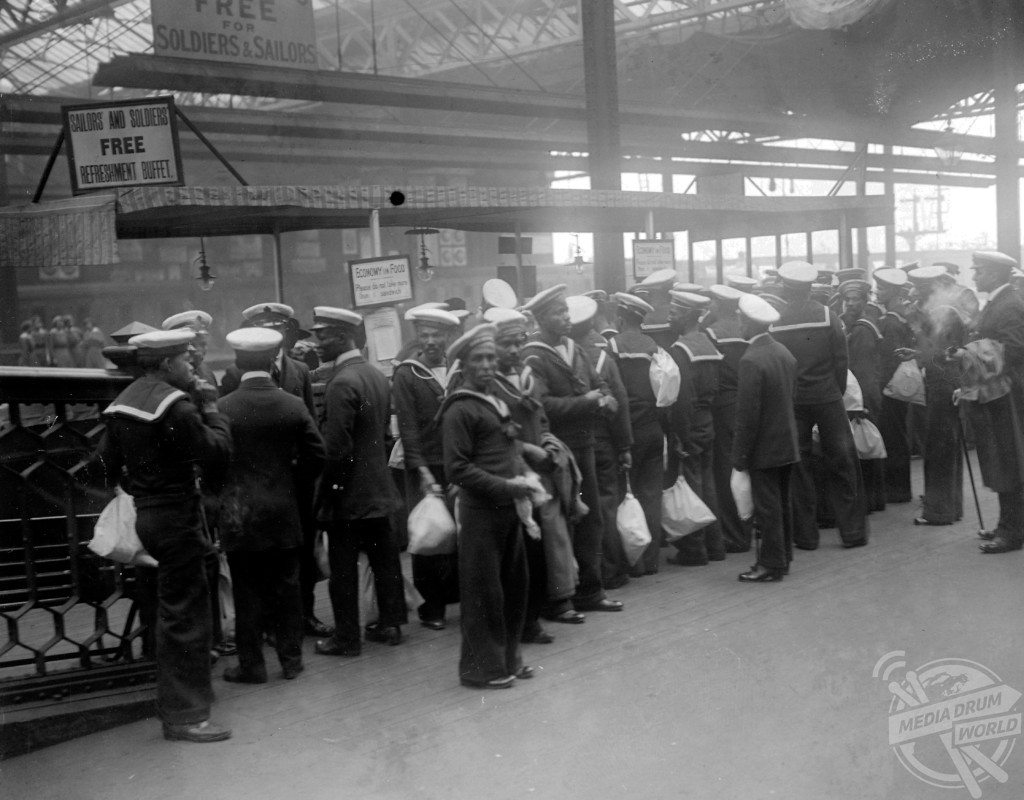
TopFoto / Retronaut / mediadrumimages.com
Black History Month was first celebrated in the United Kingdom in 1987. It was organised through the leadership of Ghanaian analyst Akyaaba Addai-Sebo, who had served as a coordinator of special projects for the Greater London Council (GLC) and created a collaboration to get it underway. It was first celebrated in London.
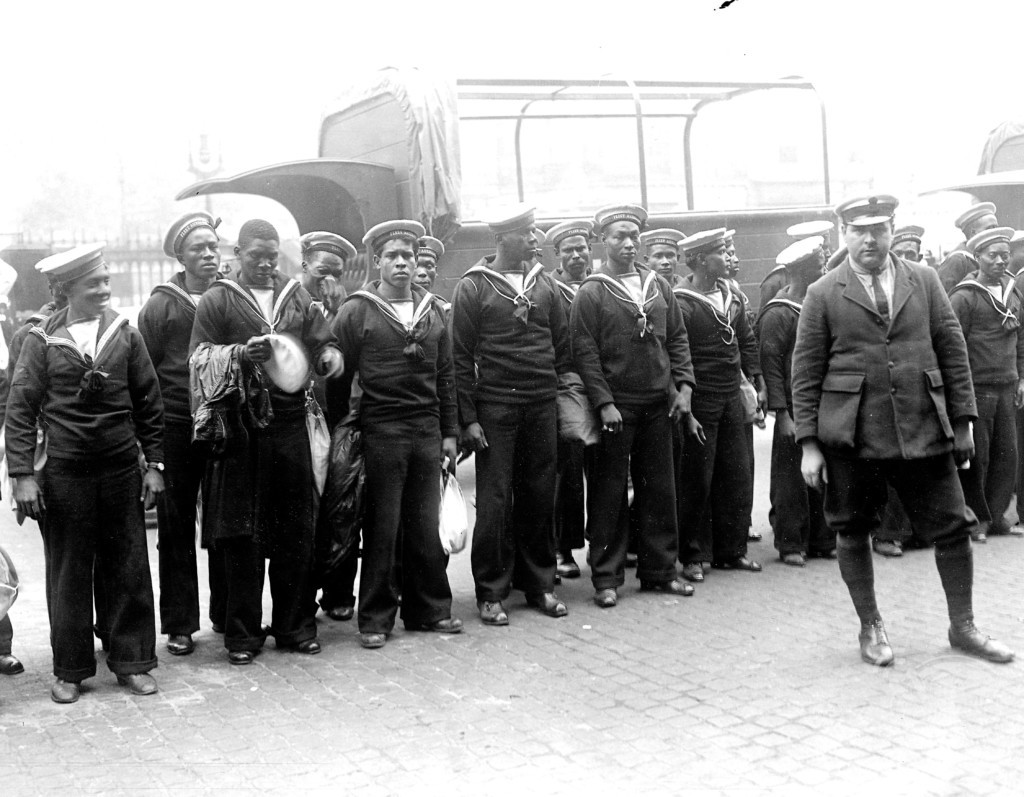
TopFoto / Retronaut / mediadrumimages.com
Black History Month was first celebrated in America 17 years before the UK, in 1970. IT was proposed by black educators and the Black United Students at Kent State University in February of 1969 before taking place one year later.
Black History Month often sparks an annual debate about the continued usefulness and fairness of a designated month dedicated to the history of one race. Criticisms include questions over whether it is appropriate to confine the celebration of Black history to one month, as opposed to integration of Black history into the mainstream education the rest of the year.
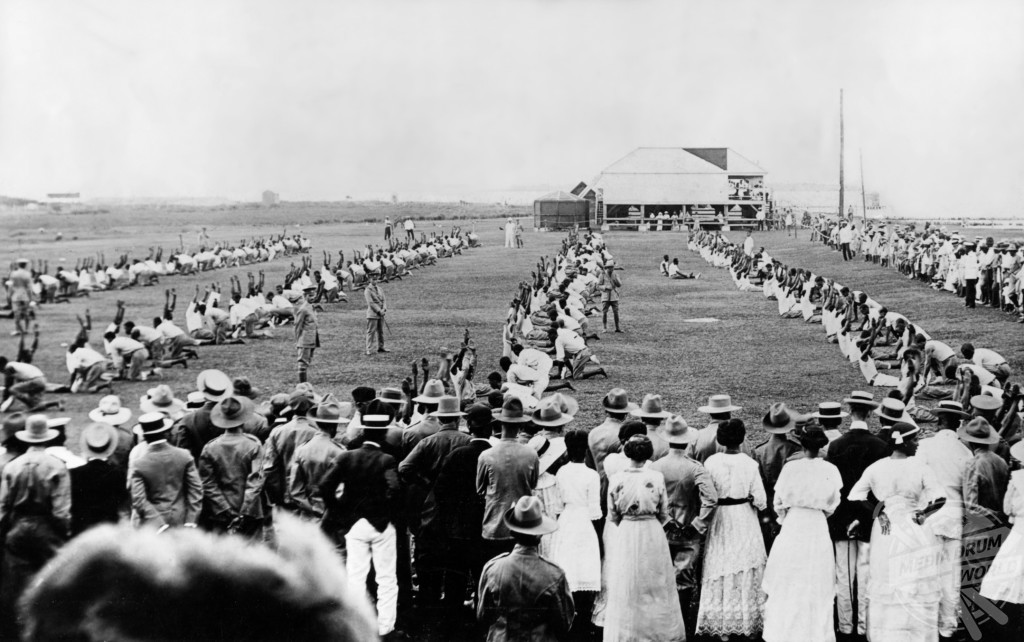
TopFoto / Retronaut / mediadrumimages.com
Another criticism is that contrary to the original inspiration for Black History Month, which was a desire to redress the manner in which American schools failed to represent Black historical figures as anything other than slaves or colonial subjects, Black History Month reduces complex historical figures to overly simplified objects of hero worship. Another criticism is that the celebration is racist.






